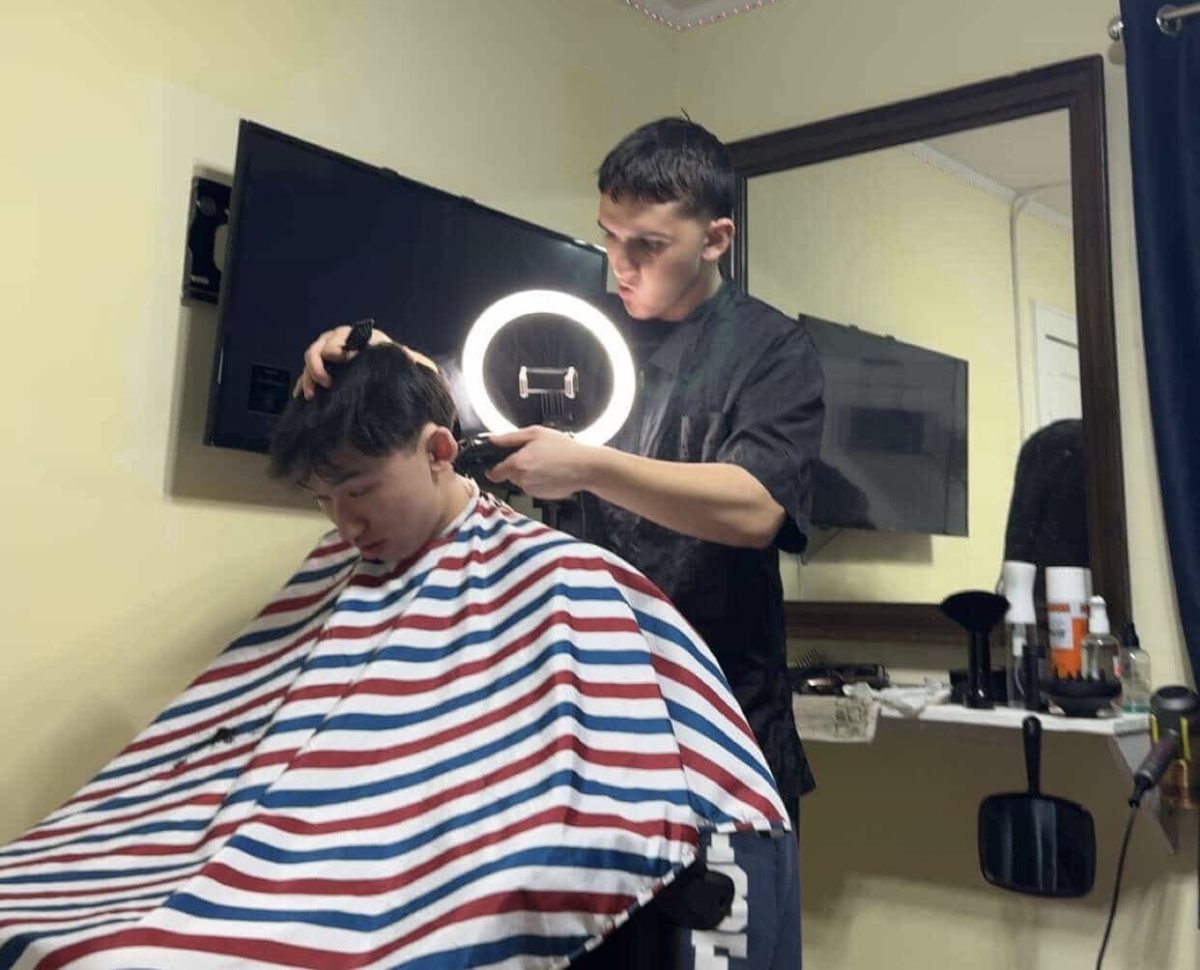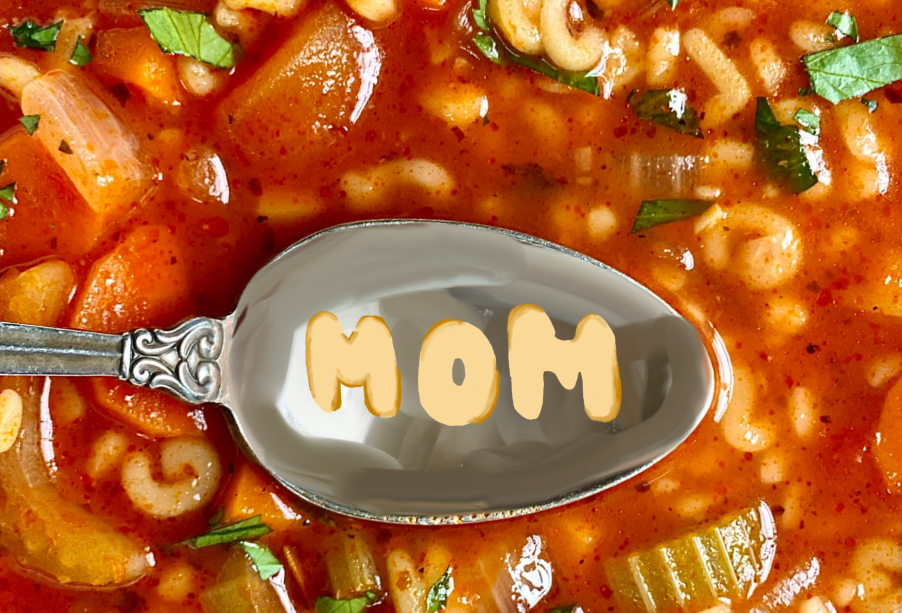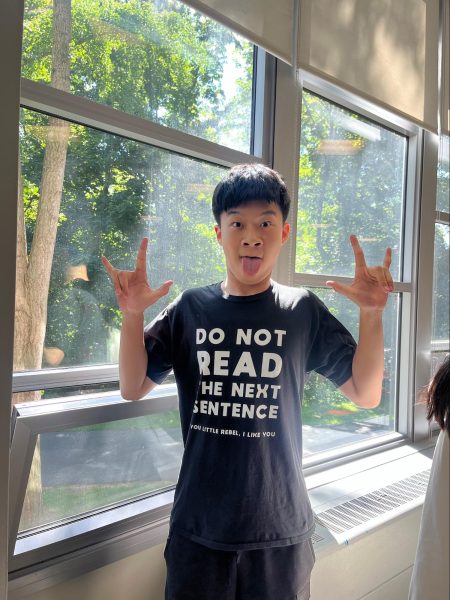A series of whispers from the student population, a quiet observation from the back of class, a mind-boggling revelation from a muttered comment. These seemingly unimportant moments are highly treasured by writers of The Southerner, South High’s newspaper. Through a process of revising, editing, and workshopping, these glimpses of inspiration become the backbone for what will become fully-realized articles ready for publication. But the path from idea to ink is more complicated than it may seem, requiring a considerable amount of commitment and dedication.
“Because The Southerner staff are all in a class together, we talk about so many topics, and it’s easy for me to find different perspectives. By working as a team, we learn to create the best content possible,” said Olivia Gu, the Opinions Co-Editor.
In fact, Gu’s article, an Op-Ed about school spirit at South High, embodies the growth that the Southerner’s process aims to achieve. Her original idea arose from frustration that built up while she helped plan Rebel War as a member of the class planning committee. This spark of creativity varies in form and force from writer to writer but is still a necessary initial step
in each of their processes.
After pitching the idea to Ms. Hastings, the advisor of The Southerner, and writing a detailed proposal, Gu starts writing. The first draft, described by Gu herself as “all over the place” and “confusing,” is then improved through peer feedback, a process in which students spend around two class periods reading and providing feedback on each other’s work. “I remember everyone was reading it over and saying how it was a step in the right direction but needed some work. It was incredibly rough, and with the deadline approaching, I revised it to the best of my ability, knowing that I would probably need structural overhauls.”
It’s important to note, however, that the path and pace of an article’s creation fluctuates greatly between each issue and is highly case-specific. Does the writer need interviews? Does the writer need to venture outside of the school setting? Does the writer need to conduct extensive research for their topic? The writer of an article must take these factors into account in order to plan sufficiently and get the article done on time. While Gu might have only needed one short interview for her Op-Ed, someone else writing a profile would need at least one extensive interview.
After submitting the draft to Ms. Hastings and getting feedback a few days later, Gu now has to revise her article once again based on Ms. Hastings’ advice. For Gu, it was not as simple as fixing some sentences or getting rid of a paragraph. “Ms. Hastings suggested that I make an outline so I could thoroughly plan it out,” she said. By doing so, she could critically examine some of the less clear aspects of her article, like transitions, topic sentences, and overall purpose.
Though variation exists, this is a process all writers of The Southerner experience. It is time consuming, but also highly rewarding. Class periods are spent collaborating, fostering an environment of not only hard work, but also camaraderie, friendship, community, and writing ability. This teamwork is our secret weapon: what ultimately leads to the creation of a cohesive and well-written edition of The Southerner.






